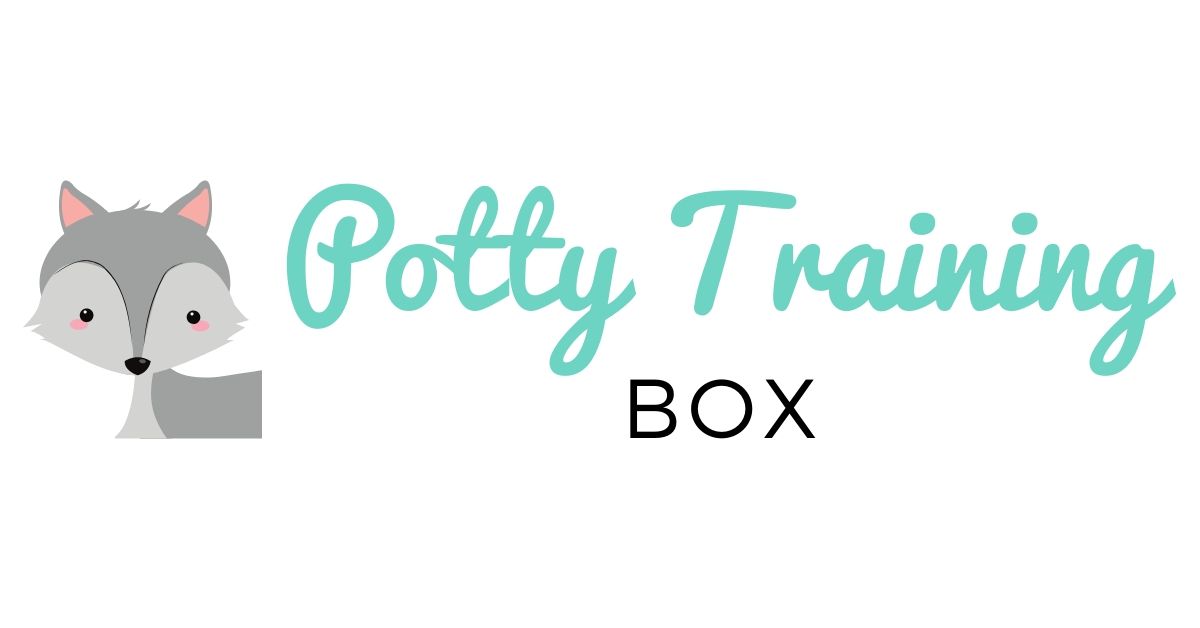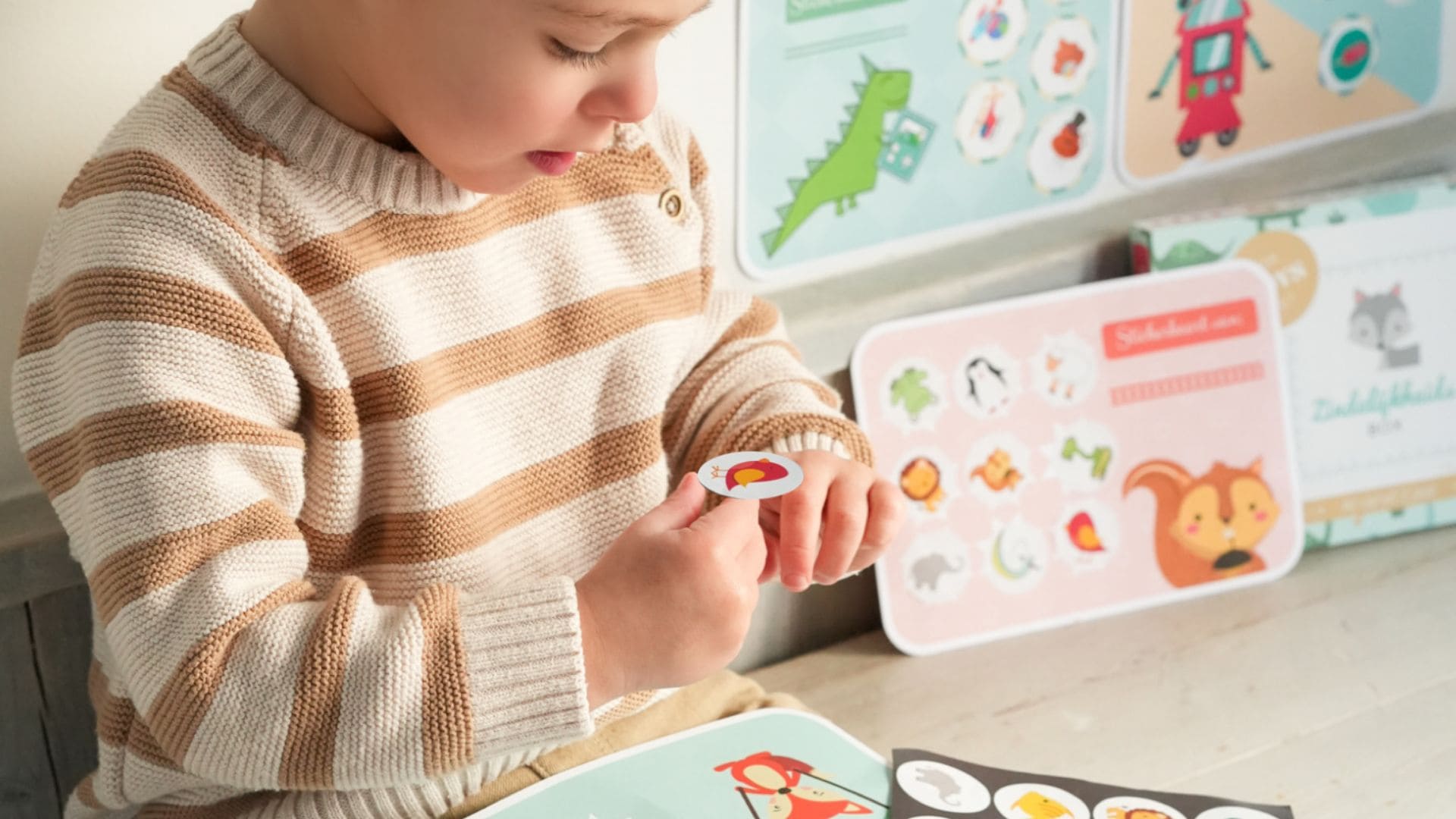Why a reward chart sometimes doesn’t work – Potty training can be a challenging period for both you and your child. When tackling this important milestone, reward charts are a popular choice to motivate children. However, you may notice that while reward charts work like a magnet for some children, for others, a different approach might be more effective. How can that be?
The power of attention
Children love attention and fun motivation, and reward charts can be an excellent way to give positive attention for achievements they make. If a child feels supported and appreciated for their efforts, they are more likely to remain motivated to learn. But what happens when the attention is not enough, and you forget to stick stickers? In such a case, the reward chart can actually have a demotivating effect.
Too many boxes
A common mistake is expecting a child to collect a large number of stickers before receiving the reward. Some reward charts have as many as 30 boxes! The danger here is that the child may lose courage or feel discouraged by the enormous task ahead of them.
The ideal situation is for the reward not to be too far away. If the child is quickly rewarded for their efforts, their motivation remains high, and they learn new skills faster. This is especially important in potty training, as the child becomes aware of their body signals. Quickly rewarding these successes can significantly speed up potty training.
Our reward chart
A smart approach is to vary the number of boxes on the reward chart, depending on the difficulty of the achievement. We have reward charts that perfectly fit this approach. Start with a card with few boxes (for example, 3) for the initial, more challenging phases of training. As the child progresses and becomes more confident, you can switch to cards with more boxes (for example, 5, 7, or 9). This gradually raises the bar and ensures that the reward process remains in line with the achievements.
A full sticker card
One of the most exciting moments in potty training is when your child finally puts that last sticker on the chart. A full sticker card represents not only your child’s achievements but also the investment of both of you in this adventure. If your child has a full sticker card, that’s a reason to celebrate. Consider, for example, a small gift. But a small outing to the nearby playground, watching a movie together, or playing a game or dancing can also be a very nice reward.
Use privileges as rewards. Tell your child that once they have a full card, they can, for example, choose dinner or choose which pajamas they want to wear. This gives them a sense of autonomy.
In addition to the tangible reward, it’s important to emphasize the feeling of pride and self-confidence that your child will experience. The realization that they have achieved something significant will increase their self-respect and self-esteem. This will make them more confident in tackling new challenges.
What if a reward chart doesn’t work?
Sometimes, children are not responsive to just a reward chart. Then you can also consider combining a sticker with something else like a treat or playing their favorite song. The most important thing is to tailor the rewards to your child’s preferences. What works for one child may not work for another. By trying out different rewards, you can discover what is most motivating for your child. So, a reward chart can work after all!
Curious about our reward systems? Check out this page. These are also included in our Potty Training Box.
Wondering what mindset parents should have for successful training? Read on here. Are you already following us on Instagram and Facebook for more tips and tricks on potty training?


